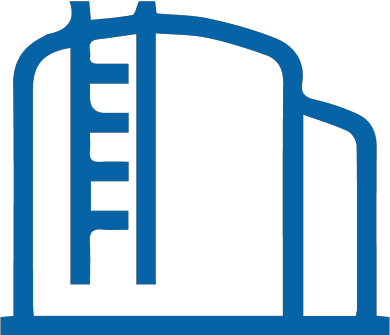Crack Bridging
The ability to expand and the contract allows the elastomeric waterproofing material to adapt to structural changes of a building or surface. This feature also helps bridge cracks that might result from concrete shrinkage.
Crack bridging is essential when using liquid waterproofing materials because of the motion of structures and structures. In areas where the temperatures fluctuate throughout the year, particularly those with low ambient temperatures, There is a tendency for cracks to move between open and closed. The movement causes cracks. The back-and-forth motion of cracks when temperatures fluctuate could result in a frequent cycle of fatigue for the membrane that waterproofs every year.
An elastomeric waterproofing membrane made of liquid can withstand the forces of the building and fatigue, ensuring its integrity for a lengthy period and safeguarding the structure beneath by stopping any water penetration.






































